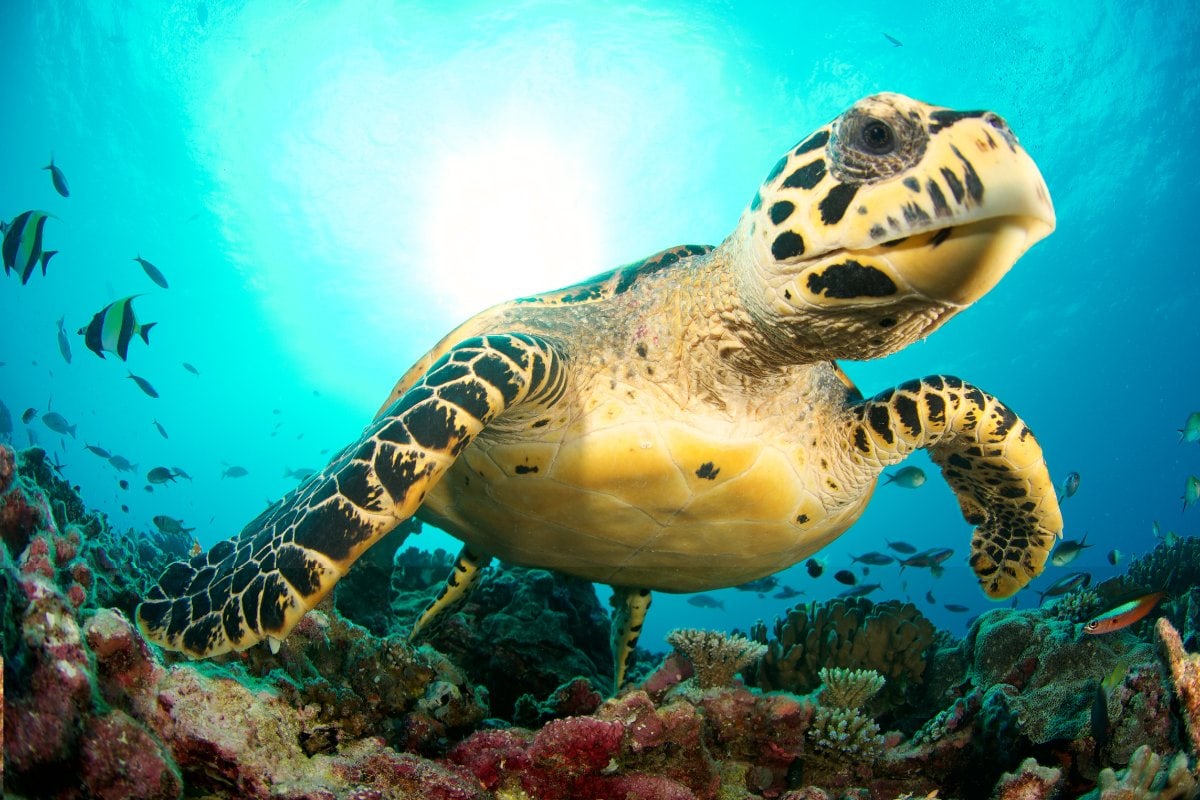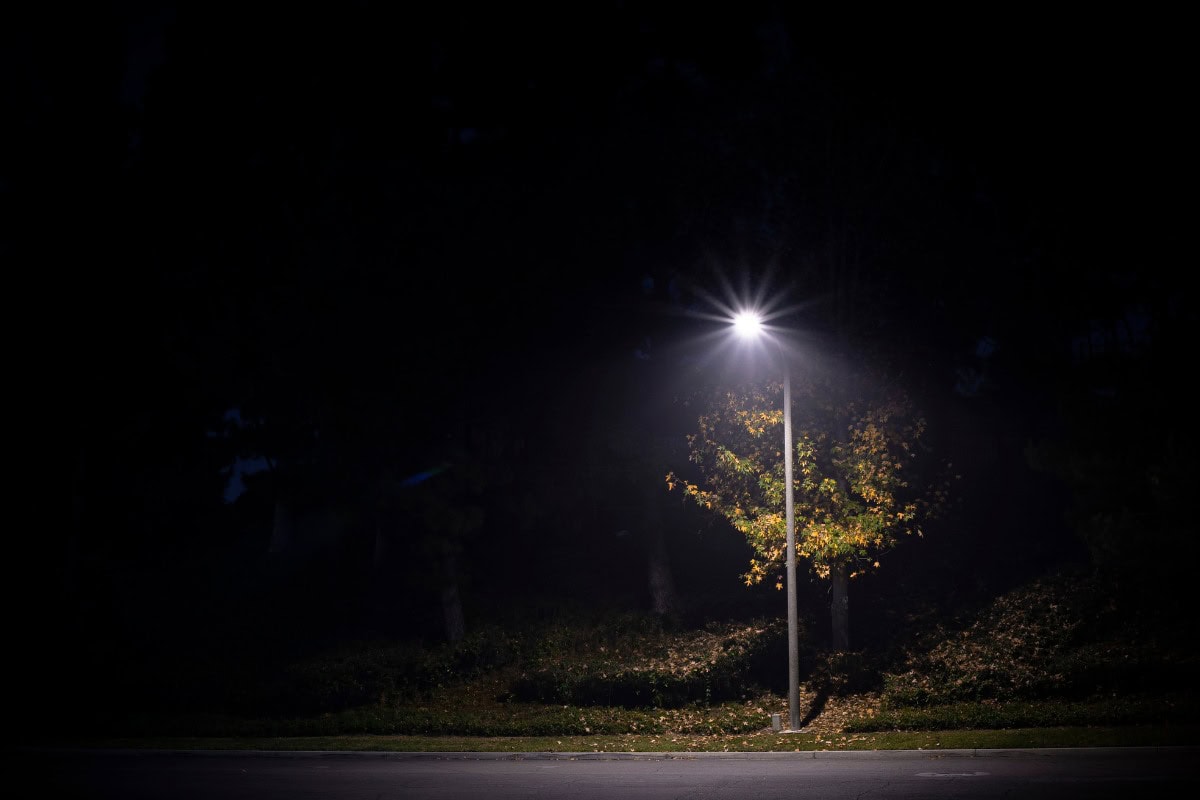What Is Turtle Friendly Lighting
Turtle friendly lighting, also known as beachside shielding, refers to lighting fixtures and systems designed to minimize the negative impact of artificial light on sea turtles and their habitats. The main goal is to create a lighting environment that is less disruptive to the natural behaviors and life cycles of sea turtles, especially during their nesting and hatching seasons.
Turtle friendly lighting uses low-intensity, shielded fixtures. These fixtures direct the light downward, reducing the amount of light that spills over onto the nesting beaches and the ocean. By minimizing the light reaching the beach and ocean, sea turtles are less likely to become disoriented and can safely find their way to the ocean.
Turtle friendly lighting also considers the color temperature of the lights. Warm-colored lights, such as amber or red, are typically used because they have longer wavelengths that are less disruptive to sea turtles compared to cooler-colored lights like white or blue. Sea turtles are less sensitive to longer wavelengths of light and are more likely to be attracted to and disoriented by shorter wavelengths.
Turtle friendly lighting also involves implementing lighting management strategies. This may include turning off or dimming lights during sea turtle nesting and hatching seasons, using motion sensors to activate lights only when necessary, and educating the public about the importance of reducing artificial lighting near nesting beaches.
Implementing turtle friendly lighting can help protect sea turtles and their nesting habitats, ensuring their survival for future generations. It is a step towards balancing human needs with the conservation of these magnificent creatures.
Why Is Turtle Friendly Lighting Important
Turtle friendly lighting is essential as it helps protect vulnerable wildlife, such as sea turtles, that migrate to coastal areas. Bright lights from beachfront developments can prevent sea turtles from nesting or baby turtles from safely reaching the ocean, leading to a negative impact on their survival rate. We can minimize this impact and create a safer environment for sea turtles.
The Florida Fish and Wildlife Conservation Commission (FWC) has developed guidelines and recommendations to assist lighting designers and engineers in making decisions when specifying light fittings for impacted developments. These guidelines emphasize three key criteria: keeping the lighting low, using long wavelength light sources, and using fixtures that meet or exceed full cutoff to shield lamps or glowing lenses from being directly visible. Following these guidelines can help reduce the negative impact of artificial lighting on the natural environment, helping to protect sea turtles and the local ecosystem.
Turtle friendly lighting also benefits other wildlife and ecosystems. Bright lights can disrupt the natural behavior of various nocturnal animals, such as birds, insects, and marine life. Reducing light pollution and using turtle friendly lighting can minimize the negative impact on these species and maintain the balance of the ecosystem.
Frequently Asked Questions
Are LED Lights OK for Turtles
Florida Fish and Wildlife Conservation Commission (FWC) recommends using LED lights that emit red or amber light. These longer-wavelength lights are preferable as they do not disrupt the turtles’ mating, nesting, and migration behaviors.
What Color LED Light Is Good for Turtles
Sea turtle-friendly light bulbs are designed to emit long-wavelength light, specifically those that have a wavelength of 580 nanometers or longer. These bulbs are typically available in colors such as yellow, amber, or red. When purchasing lighting fixtures and bulbs for your beachfront property, it is important to adhere to these guidelines: keep the light intensity low, ensure that the light is shielded, and opt for bulbs that emit long-wavelength light.
Is 5 or 10 UVB Better for Turtles
For turtles, the optimal choice for UVB bulbs is typically the 10.0 strength. This level of UVB is ideal for meeting all of your turtle’s requirements. In cases where space is limited in the turtle tank, 5.0 UVB bulbs can be used as an alternative. However, if possible, it is recommended to use 10.0 UVB bulbs for the best results.
Why Are Red Lights Better for Turtles
Red lights are considered better for turtles because they emit a very narrow portion of the visible light spectrum. This makes them less intrusive to nesting sea turtles and hatchlings.









